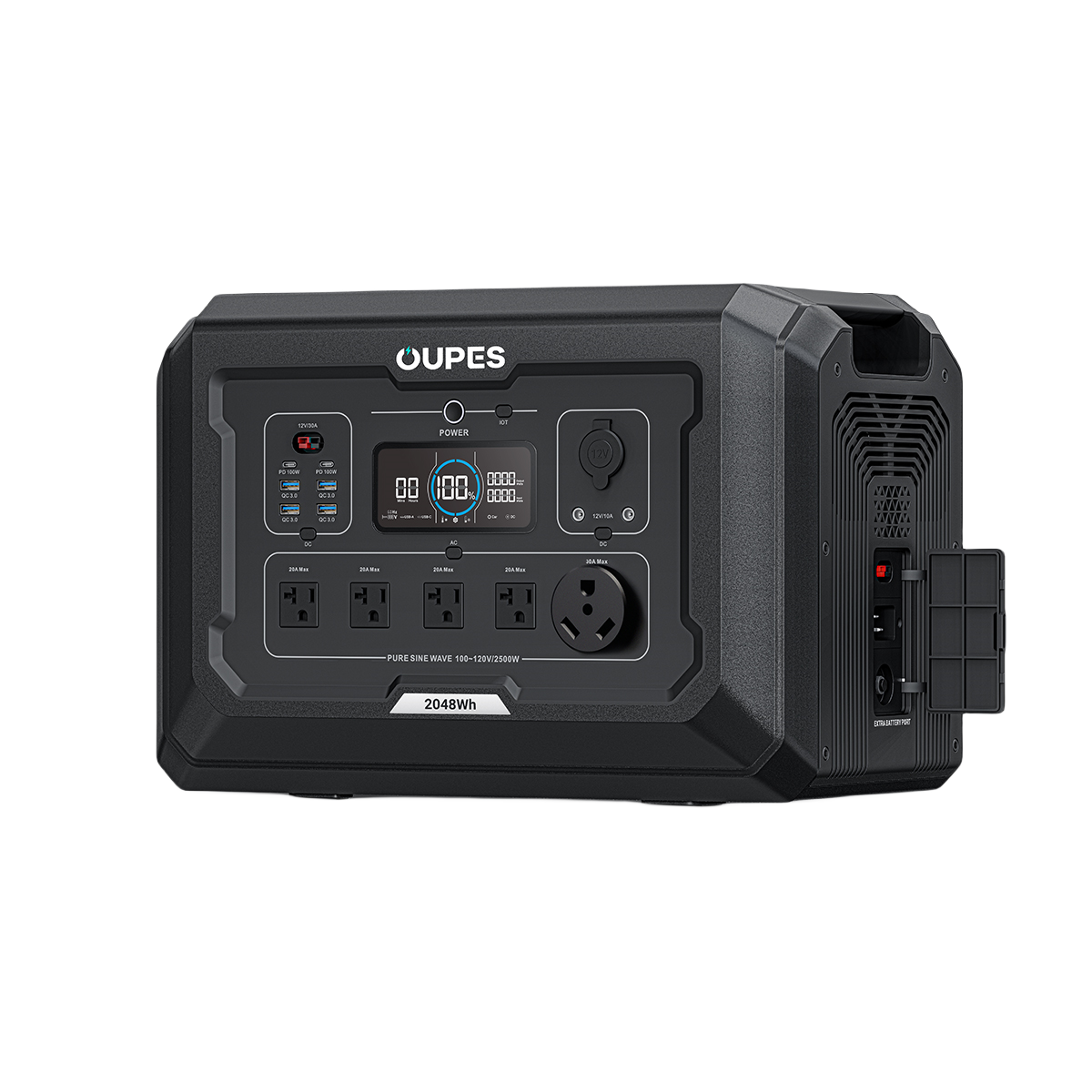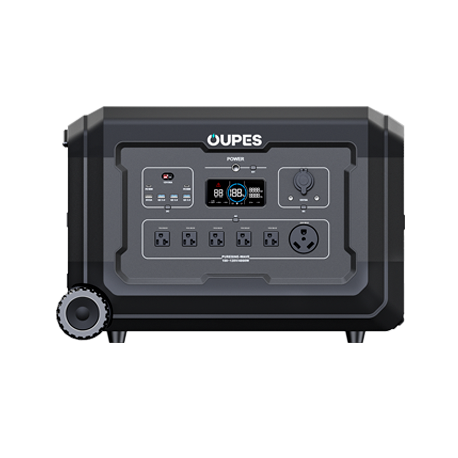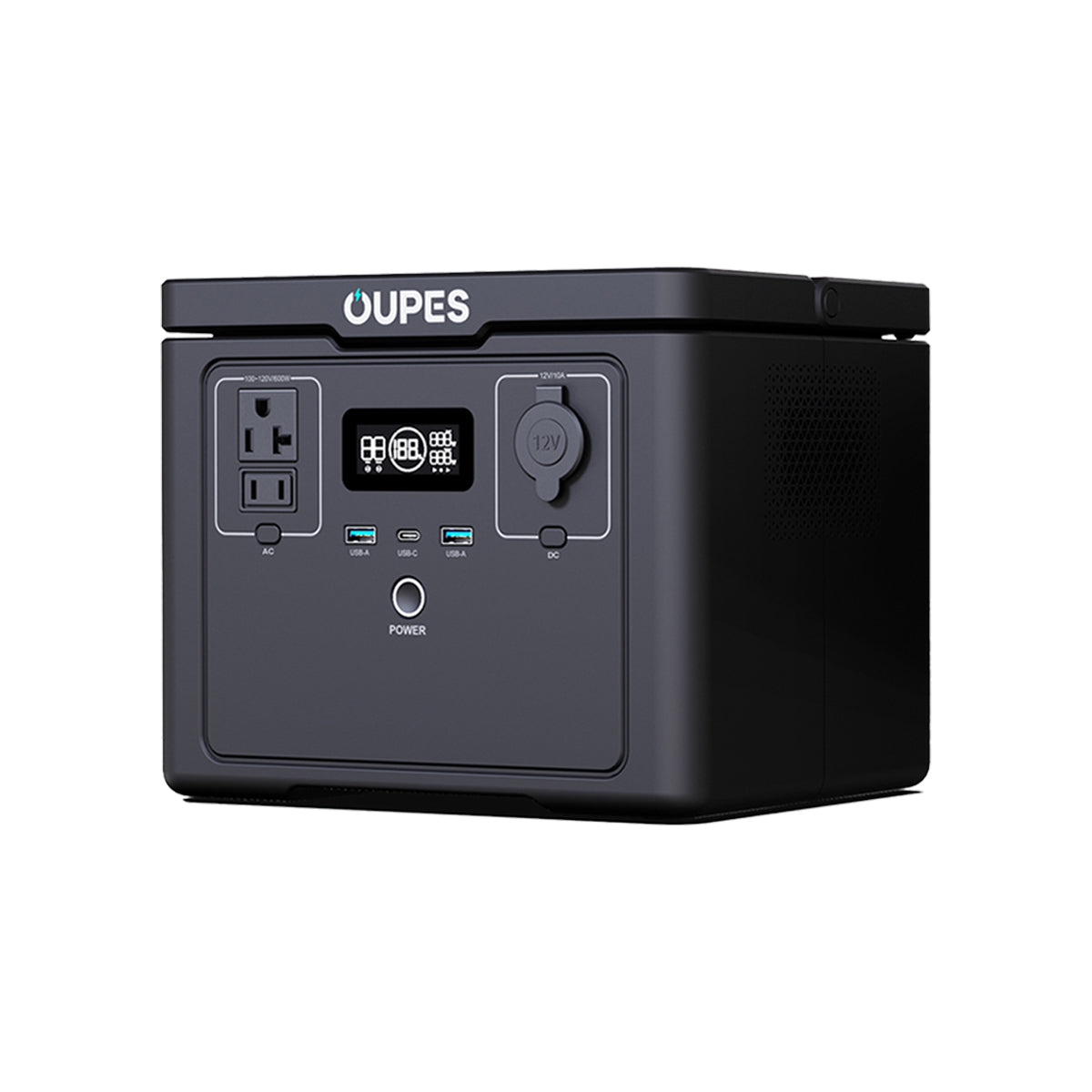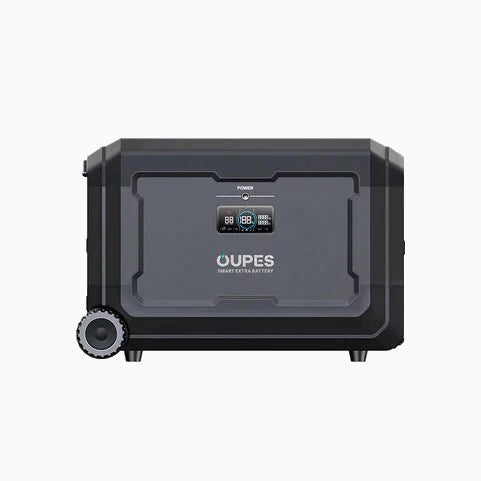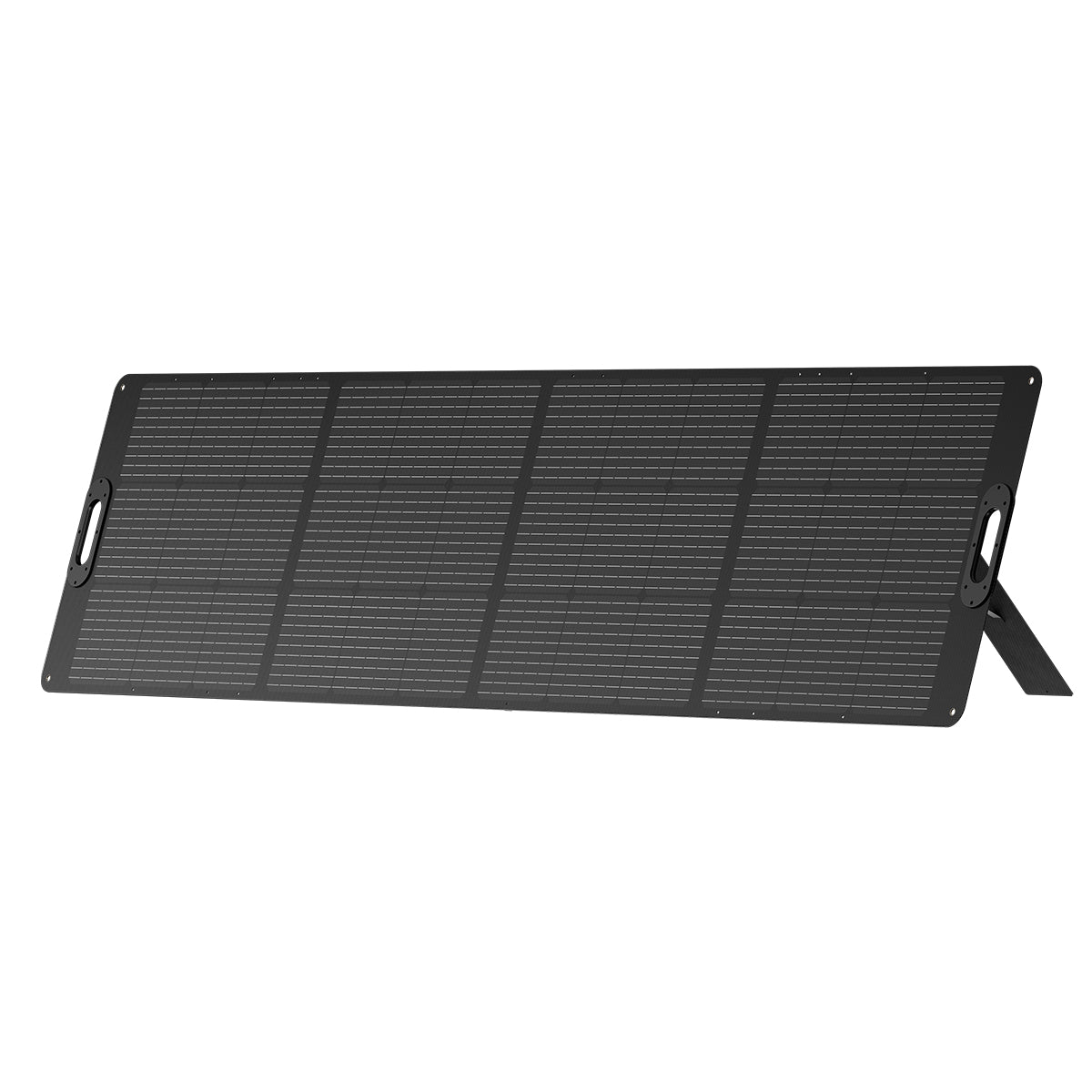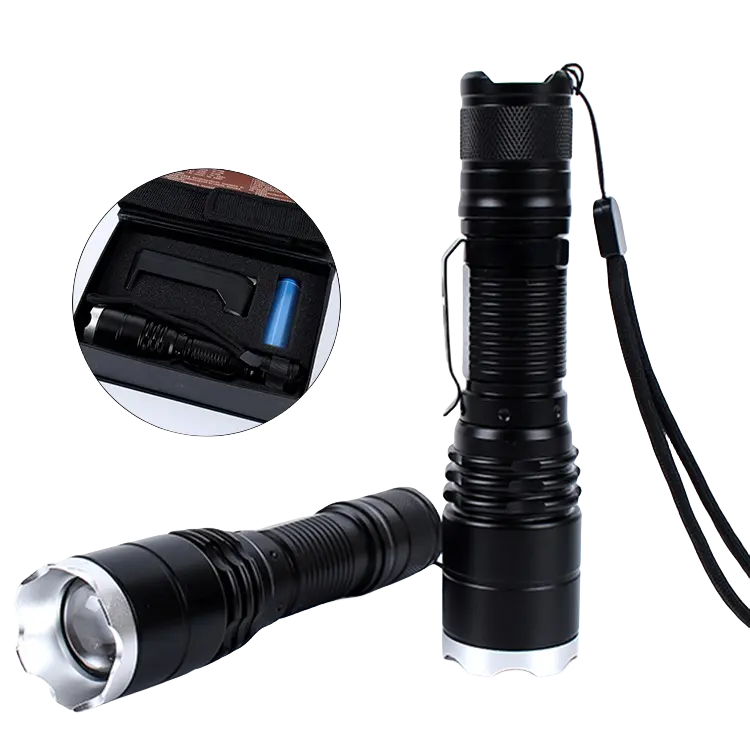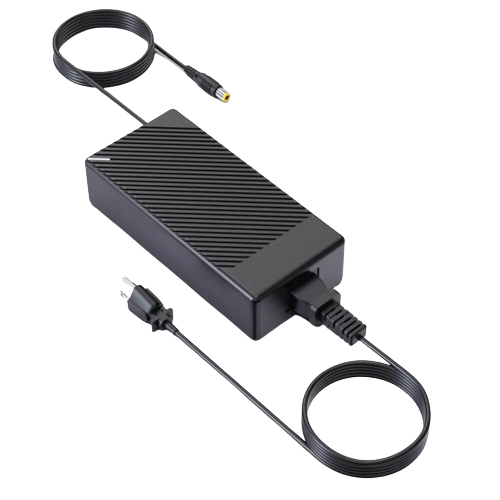How Much Does a Whole House Generator Cost?
Domestic backup generators are increasingly being recognized as indispensable in numerous global regions.
Seasonal tempests, arboreal conflagrations, cyclones, and other severe meteorological phenomena are incessantly taxing the antiquated electrical network, resulting in extensive and protracted power outages for countless households.
The implementation of a comprehensive home generator assures that your household's fundamental requirements remain fulfilled, even during extended periods of electrical absence.
Selection of a specific generator model enables the option of energizing your abode either through conventional hydrocarbon fuels such as petrol or diesel, or via the more eco-friendly, inexhaustible solar energy.
The initial expenditure and setup fees for these generators vary significantly, influenced by factors such as the generator's variety, its manufacturer, energy output capabilities, and the chosen energy source.
Peruse further to acquire deeper insights into the variables affecting the economic aspects of home backup generators — and to ascertain the most suitable option for your circumstances.
How Much Does a Whole House Generator Cost?
The financial outlay for acquiring a comprehensive domicile generator oscillates notably, ranging from a modest sum of $1,000 to a steep $20,000, with a median expenditure hovering near $5,000.
The quantum of electrical energy requisite for your abode in the event of a prolonged power outage will significantly influence both your initial and sustained financial commitments.
OUPES' solar generator provides a battery-powered alternative to traditional gasoline generators. Each of OUPES’s mobile energy centers is compatible with solar charging, which is possible through supplementary photovoltaic modules. These cutting-edge systems give you the flexibility to gradually transition your home to autonomous solar power at your own pace.
Employing these transportable energy stations and solar arrays continuously can diminish your dependency on the central electricity grid, or serve as a repository for energy reserves during power outages.
Factors That Influence the Cost of a Home Backup Generator

Beyond the initial expenditure for acquiring a home backup generator, myriad ancillary expenses should be anticipated. These may encompass the procurement of specific connectors, a pivotal transfer switch, requisite permits, and the engagement of professional installation services. Significantly, the generator's output capacity, variant, and chosen fuel modality are pivotal determinants in the accumulation of ongoing and ultimate financial obligations.
Generator Size and Output Capacity
Generators operating on gas, particularly those of substantial wattage, inherently incur elevated acquisition and operational expenses. Such apparatuses, when activated, incessantly operate at their zenith capacity, leading to a proportional escalation in gasoline consumption as electrical demand intensifies.
Contrastingly, the influence of wattage on fuel utilization markedly diverges in the context of solar generators and portable energy stations. These innovative contraptions harness the sun's rays through photovoltaic panels, and additionally, they can accrue energy from alternative sources, such as domestic AC power or vehicular outlets. Notably, their functioning eschews the incessant need for fossil fuels.
The financial outlay for a gas generator is inextricably linked to its wattage, quantified in kilowatt-hours (kWh):
- A generator with a 10 kWh capacity, apt for managing a modest quantum of electrical consumption during power disruptions, is priced between $3,000 and $4,000.
- A 20 kWh unit, capable of sustaining vital appliances and illumination amid blackouts, demands an investment ranging from $7,000 to $12,000.
- For an average household to maintain electricity during outages, a 38 kWh model suffices, with a price bracket of $13,000 to $16,000.
- The most voluminous variant available in major hardware emporiums, a 48-50 kWh gas generator, necessitates an expenditure of $17,000 to $20,000.
Generator Type

The classification of the generator distinctly influences the expenditure. Below are the predominant varieties of generators:
Portable Generators
An entry-level, combustion-fueled, mobile generator typically does not exceed a $1000 investment, contingent on its energy-producing capacity. Nevertheless, these apparatuses are notorious for their cacophonous operation and the emission of greenhouse gases along with particulate contaminants. Utilizing such generators within a domicile during electrical blackouts is perilous, presenting a fatal risk. These generators fall short as a comprehensive, domiciliary power backup system.
Portable Power Stations
Portable energy hubs represent an evolution beyond conventional petroleum-based generators. Predominantly, these devices employ either lithium-ion or LiFePo4 cells, functioning with minimal acoustic disturbance and devoid of deleterious exhaust or noxious emissions.
Some variants, such as the OUPES 2400 Portable Power Station, go beyond its primary role by integrating with photovoltaic panels to double as a solar generator. The OUPES 2400W uses EV-grade LiFePO4 battery, which operates with minimal noise, ensuring a quiet environment while providing reliable power for all your needs. While the initial investment in a portable power station hovers between $3,000 and $5,000, the assistance of solar panel may offset the recurring expenses associated with burning fossil fuels.
Standby Generators (Natural Gas)
In the realm of electrical power solutions, standby generators emerge as steadfast fixtures seamlessly integrated into your domicile's electrical junction and natural gas conduit.
A standby generator, with alacrity akin to a lightning strike, springs to life in the event of a power outage, commencing the generation of electrical vitality for your abode. Depending on its capacitative prowess, the standby variant may entail a financial outlay ranging from $10,000 to $20,000.
Inverter Generators
Inverter generators represent a sophisticated iteration of portable gasoline-powered generators. Conventional gas generators invariably operate at maximum throttle, whereas an inverter generator possesses the ability to modulate engine intensity in accordance with demand.
This adaptive feature not only results in reduced fuel consumption but also mitigates the noise and environmental pollutants typically associated with traditional gas-powered generators.
While inverter generators offer undeniable advantages, they do come with a higher initial cost when juxtaposed with their portable gas counterparts. Furthermore, akin to the latter, they are not equipped to sustain the energy requirements of an entire household.
Fuel Source

In the realm of home backup generators, it is imperative to acknowledge that the fuel source employed and the associated expenses for refueling wield a substantial influence on the continual operational expenditures.
The chosen energy reservoir and the financial outlays associated with replenishing it play a pivotal role in determining the ongoing maintenance costs of a domestic backup power system.
Gas
The cost of a generator is subject to significant flux, much akin to the whimsical shifts of gasoline prices. These fluctuations in gasoline rates mirror the interplay of supply and demand, as well as the price of crude oil in the international arena. Additionally, geopolitical dynamics, often beyond one's sphere of influence, can exert considerable sway over gasoline costs.
Locally, phenomena such as prolonged electrical blackouts and inclement weather conditions can lead to a temporary escalation in gas prices in a specific area, particularly at a juncture when the need for it peaks. In certain scenarios, procuring additional fuel from a gasoline station may not be a feasible option.
Diesel
In contrast to their gasoline counterparts, diesel generators eschew the use of carburetors, heralding a future with diminished upkeep demands. This characteristic, coupled with their superior fuel combustion efficiency, significantly curtails the cumulative financial outlay associated with diesel generator stewardship.
Propane
Propane excels in remote locales where a natural gas conduit or habitual visits to a petrol depot are not feasible. If ensconced aptly, propane's shelf life is perennial, ensuring perpetual readiness for electrical discontinuities.
While propane's cost may eclipse that of gasoline or integration with a natural gas pipeline, its economic impact is balanced by its environmentally benign combustion, in stark contrast to the pollutants emitted by gasoline or diesel. Generators fueled by gasoline are more economical in operation, yet propane's combustion is markedly more pristine.
Natural Gas
Methane-fueled dynamos typically interface with a municipal gas conduit, bestowing the advantage of ceaseless operation as long as the conduit remains functional. Nonetheless, this direct linkage to the main conduit may escalate fuel expenditures, given the absence of constraints on the quantity of gas at your disposal. Methane, while generally more economical than liquefied petroleum gas, combusts at a rate nearly double in comparison.
Solar
Harnessing solar energy can reduce ongoing fuel expenses to zero. Solar generators like the OUPES Mega 3 Home Backup & Portable Power Station do not require gasoline, propane or any fossil fuel derivatives to operate. Instead, the residence can provide sunlight to a generator through solar panels, or use a source such as AC when a power outage is expected.
The celestial orb offers an inexhaustible bounty of gratis energy, contingent upon your possession of solar panels for its capture.
Ascertain that your apparatus possesses the requisite solar input faculties to accommodate your desired array of solar panels. Should your aspirations include a substantial solar panel array, ponder the OUPES Mega 5, capable of expanding to a prodigious 10.08kWh. With Mega5, you're covered for any situation from tailgate power to extreme blackouts that last for days. With a prodigious 100~120V continuous AC output, power will be in abundant supply. You have the option to 4*240W Solar Panels, culminating in a formidable solar charging prowess!
Transfer Switch
The expenditure for a transfer switch, pivotal in linking a generator to your domicile's electrical system, fluctuates between $150 and $1000, contingent upon its ampere rating. Additionally, the engagement of an electrician for the installation of this switch is imperative. The remuneration for such skilled labor typically oscillates between $75 and $125 per hour.
Permits
Numerous jurisdictions mandate authorization for the emplacement of comprehensive domicile generators. A mosaic of regions eschew such legislative requirements, whilst a select few necessitate authorizations exclusively for apparatuses surpassing a predetermined magnitude. Fiscal obligations for these permissions generally oscillate between $50 and $200.
For an exhaustive compendium of data regarding generator authorizations segmented by state, kindly refer to this resource.
Installation
The expenditure for integrating a comprehensive domicile generator typically oscillates between $500 and $3000. This financial outlay is influenced by a multitude of elements, encompassing the generator's magnitude and its geographical positioning. Voluminous generators that operate on ancient energy sources often necessitate a cementitious platform, which accrues an additional cost of approximately $50 to $100.
Cost of DIY Backup Generator Installation vs. Hiring a Professional

In the realm of theoretical savings, the self-installation of a backup generator emerges as a financially astute maneuver, potentially curtailing expenditures by a substantial margin, inclusive of labor and ancillary expenses.
The aggregate expenditure for an all-encompassing domicile generator oscillates between $5,000 and $20,000 for the apparatus alone. Yet, the addition of installation fees can escalate this figure by an excess of $3,000.
Nonetheless, the endeavor of embedding a comprehensive backup generator encompasses a plethora of components, ranging from the integration of gas conduits and electrical conduits to the rooftop emplacement of photovoltaic cells and the foundation of concrete substrates.
Except for those possessing an unwavering confidence in their self-taught skills, the delegation of this task to a seasoned professional is advisable.
Bulky gas generators, burdened by their heft and cumbersome nature, often necessitate specialized apparatus for their conveyance and precise positioning. Despite opting for a self-conducted installation, the financial outlay for vehicular hire to transport and deposit this equipment may still be inevitable.
In contrast, solar generators boast a modular design — amplifying power output is as simple as augmenting with additional batteries. The majority of solar accumulators maintain a manageable size, obviating the need for large-scale transportation or specialized apparatus. Nevertheless, the intricacies involved in amalgamating a solar generator with pre-existing domestic wiring and the installation of rooftop photovoltaic panels might also be more judiciously entrusted to a professional's expertise.
Tips When Buying and Installing a Home Backup Generator
Embarking on the journey of acquiring and establishing a domicile backup generator encompasses a labyrinth of choices, each distinct in its fiscal demand and operational capabilities. Herein are several stratagems to streamline your quest:
Gauge Your Genuine Necessity. To economize, opt for a generator whose output capacity aligns with your actual consumption. Scrutinize your electrical expenditure records to approximate your demand. In locales where power disruptions are brief and sporadic, a colossal, whole-dwelling generator might be superfluous.
Enlist an Expert for Your Natural Gas Generator Installation. Unless you possess adeptness in connecting gas conduits, entrust the setup of your natural gas generator to a seasoned professional. Conversely, solar generators, devoid of gas line complexities, offer a more straightforward and secure DIY installation prospect.
Embrace Solar for Economic Efficiency. Solar generators, devoid of traditional combustion engines found in fossil fuel counterparts, facilitate savings in twofold manners: the absence of recurrent fuel expenses and negligible maintenance requisites. Their paucity of numerous moving components reduces the likelihood of malfunction.
Opt for Contemporary Apparatus. Modern generators excel in performance, operate with heightened efficiency, and often incorporate intelligent features such as Wi-Fi connectivity for oversight and regulation. Oupes - Mega Series Solar Generator can be easily managed through the Oupes App. On the OUPES App, you can view and control your power station status, such as real-time input and output, port status, extended battery status, etc.
Frequently Asked Questions

How Much Does It Cost To Run a Whole House Generator?
Operating a domicile-wide, fossil-fuel reliant dynamo could incur expenses ranging from $50 to $150 daily, contingent upon the dynamo's power generation capacity and your domicile's energy requisites. The lion's share of these expenditures stems from fuel, potentially escalating to $30 or beyond solely for petrol. In stark contrast, solar-powered domicile-wide dynamos are devoid of any fuel-related financial burdens.
How Much Does It Cost To Have a Whole House Generator Installed?
Embarking on the endeavor of integrating a comprehensive domicile generator can incur an expenditure ranging from $500 to $3000. This aggregate outlay encompasses the remuneration for proficient artisans to implement a transfer switch, lay natural gas conduits, construct concrete foundations, and additional necessities.
An opportunity to economize on these expenditures presents itself if you undertake a portion or the entirety of this installation process autonomously — yet, it is paramount to prioritize safety above all!
Final Thoughts
Embarking on the journey of equipping your domicile with a standby power system is a complex venture, entailing intricate coordination with gas conduits, intricate integration of transfer switches with your domestic electrical grid, and the steadfast anchoring of either photovoltaic modules or a substantial fossil fuel dynamo.
This endeavor often incurs a hefty financial outlay and can be labyrinthine in its complexity, typically necessitating the expertise of external professionals, particularly for the intricate intricacies of natural gas pipelines and electrical circuitry.
Opting for a solar paradigm simplifies this intricate tapestry. Photovoltaic systems boast modularity, allowing for a gradual augmentation of your autonomous power generation and accumulation capabilities. The beauty of standalone portable solar dynamos lies in their exemption from the need for professional installation, coupled with the absence of recurrent fuel expenditures.
Delve into OUPES's avant-garde photovoltaic solutions tailored for your residence. Whether your requirements encompass a comprehensive domicile power system or merely the energizing of select vital devices, OUPES proffers a bespoke solution to meet your needs.

